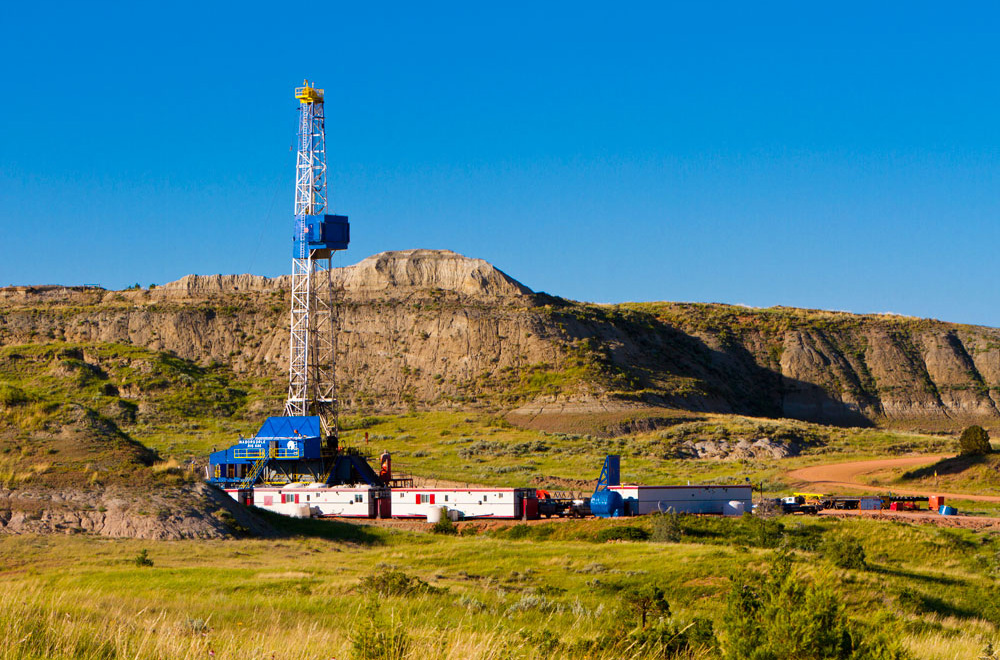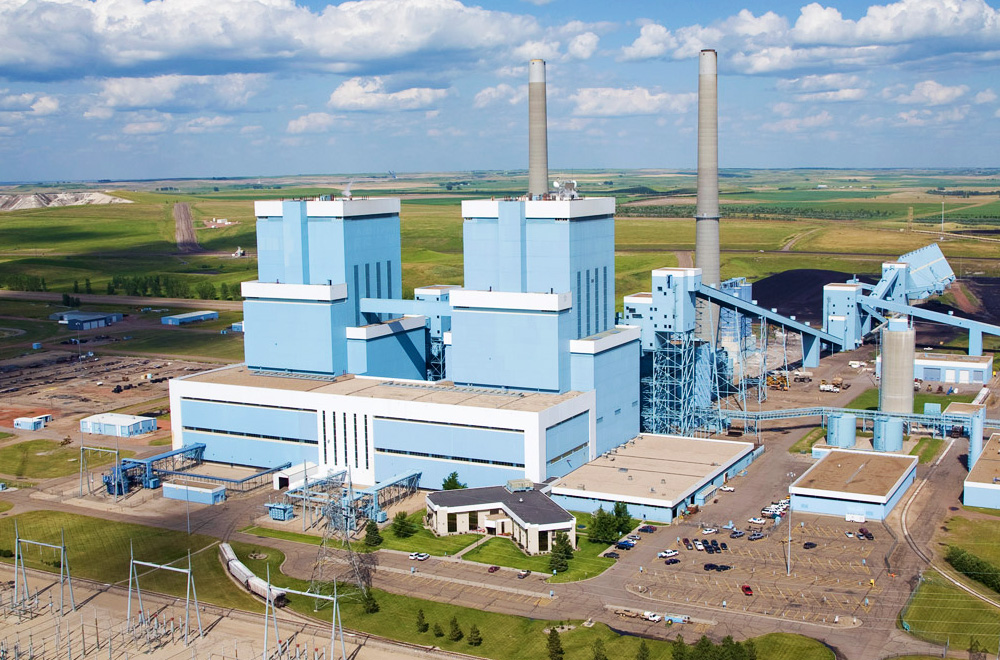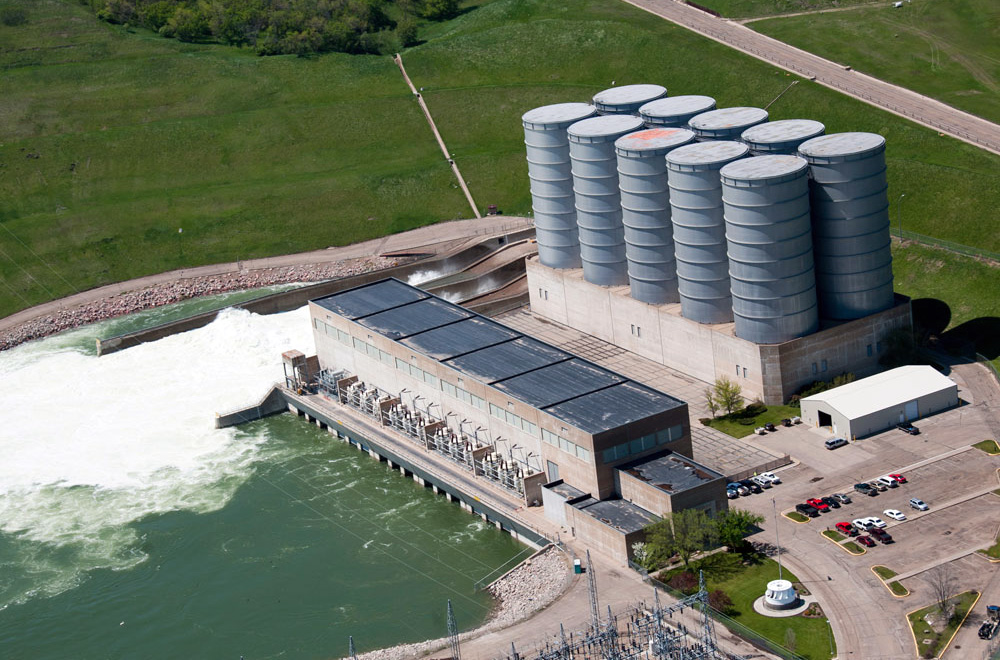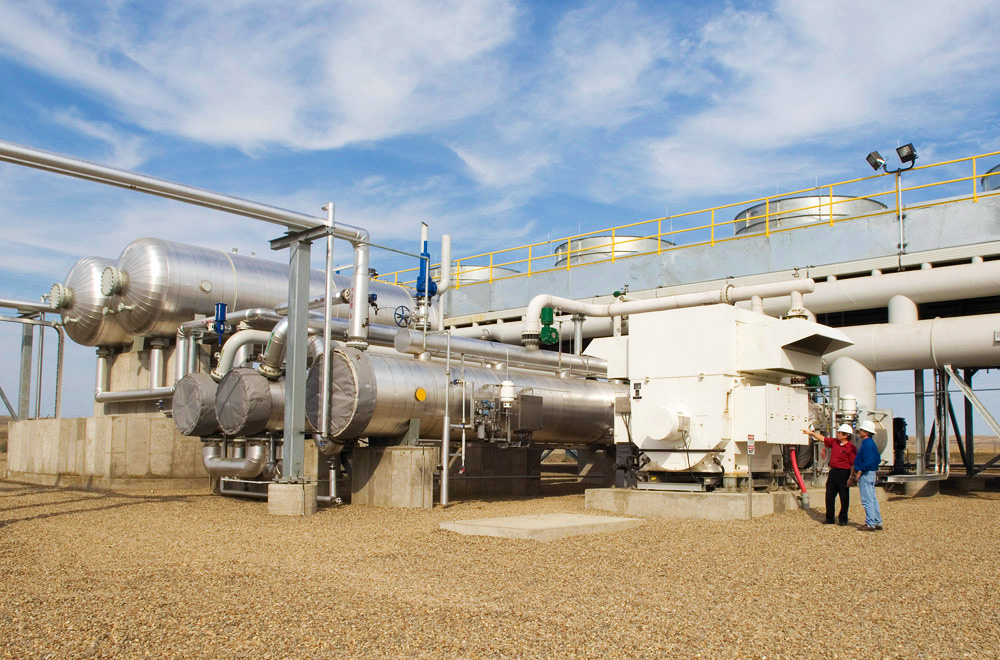Energy Sectors
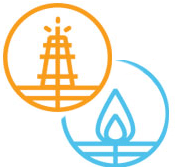 Petroleum and Natural Gas
Petroleum and Natural Gas
There are some things that just go together – like ketchup and fries, or thunder and lightning. Oil and natural gas go together too. Where you find oil in North Dakota, you’ll usually find natural gas.
North Dakota is home to the Bakken Formation, the largest continuous oil deposit in the U.S. More than 12,000 wells are used to get that oil – and natural gas – out of the ground. And over the 40+ years a well is in operation, it can generate:
- Natural gas
- About 765,000 barrels of oil
- More than $5 million in taxes
- Approximately $2.1 million in wages and salaries
Each drilling rig creates about 120 direct and indirect jobs.
Just the Facts
There’s more to oil and natural gas than just getting it out of the ground. It has to be moved from the well to the refinery – and sometimes those refineries can be thousands of miles away. That’s why trucks, trains and pipelines and the people who operate them are a big part of the industry.
In North Dakota, there are 27 pipelines covering 18,000 miles – enough pipes to crisscross the state 53 times! Each pipeline requires workers to help take care of it.
Turn on a light in your home – and there’s a pretty good chance that the electricity powering that light was generated using coal. One type of coal is called lignite. North Dakota is home to the second-largest lignite deposit in the world – an 800+ year supply!
Mining lignite is big business in North Dakota and a significant source of tax revenue. In 2014, companies paid about $100 million in taxes.
Nearly 4,000 people work directly in the industry, while another 11,000 are indirectly employed. Jobs of all kinds can be found in the coal industry – from lineworkers to mining engineers to environmental scientists.
Just the Facts
People in the lignite industry earn some of the highest wages in North Dakota.
Oliver and Mercer Counties (home to three coal mines and five power plants) are among the top counties with the highest average wages in the state.
In 2012, mining salaries in Mercer County averaged $90,000.
Between 1,500 and 2,000 acres of land are mined for coal and reclaimed each year in North Dakota.
Mining companies spend an average of $30,000 to reclaim one acre of land. They spread soil and seed the land. Reclamation specialists are the brains behind the reclamation – to ensure all regulations are met and that reclaimed land is as good as or better than it was before mining.
Innovation is happening all the time in the lignite industry.
Great River Energy patented a process called “DryFining” which makes coal burn more efficiently and more cleanly.
The Great Plains Synfuels Plant is the only commercial-scale plant in the U.S. that manufactures natural gas (and many other byproducts) from lignite.
Maybe you’ll invent the next energy-saving innovation!
Step outside – and look around. Is it raining? Is it sunny? Is it windy? If you’ve answered yes to any of these questions, you’ve seen or felt a potential energy source.
Solar, wind and hydropower are important energy sources within North Dakota. Wind turbines in North Dakota have the potential to power more than 500,000 homes and have no air or water pollution.
In North Dakota solar panels are most frequently used in areas where it is too expensive to install electricity lines. These panels help pump water for cattle.
The biggest (literally) of three energy sources listed here is hydropower. The Garrison Dam and power plant creates electricity by running water from the reservoir through giant turbines.
Just the Facts
Wind turbines are huge! They can be more than 330 feet high with rotating blades which are 110 feet long.
To make the blades more efficient and reduce the noise (hum) they make, some blades at the Bison Wind Farm use “dino tails” –which have a spiked ridge on the blade.
When you think of sunshine, you may not think of North Dakota. Think again!
North Dakota has more solar potential than many other states – and could provide more solar electricity than Florida during the long summer days.
Additional Resources
ENERGY: Powered by North Dakota (North Dakota Studies) -HydropowerGreat Plains Energy Corridor – Hydropower
ENERGY: Powered by North Dakota (North Dakota Studies) -– Solar Power
Great Plains Energy Corridor – Solar Power
ENERGY: Powered by North Dakota (North Dakota Studies) -– Wind Power
Great Plains Energy Corridor -- Wind
What do hot water, hot air and corn have in common? They’re all used to make energy!
Scientists and engineers have been working out ways to create energy using new, innovative methods – while also looking at capturing “waste” energy.
Hot air and hot water are “waste” byproducts of oil and natural gas drilling and transportation. Engineers in North Dakota have designed ways to capture this hot air and water to generate more power.
When a company drills, geologists learn what’ s beneath the earth – and what they’re learning is that in western North Dakota, there’s a lot of potential for geothermal energy (energy pulled from the heat of the rocks miles below the surface).
Looking above the surface, corn is a crop found everywhere! It’s used to make ethanol – a kind of biofuel. North Dakota is home to five ethanol plants which among them have used 156 million bushels of corn to make ethanol.
Just the Facts
Think of that vat of boiling oil used to make your fries – now think of a car. Is there a connection? Yes! And it’s called biodiesel, a renewable fuel made from new and used vegetable oils, animal fat and recycled restaurant grease.
North Dakota grows a lot of canola – some of which is used to produce biodiesel.
